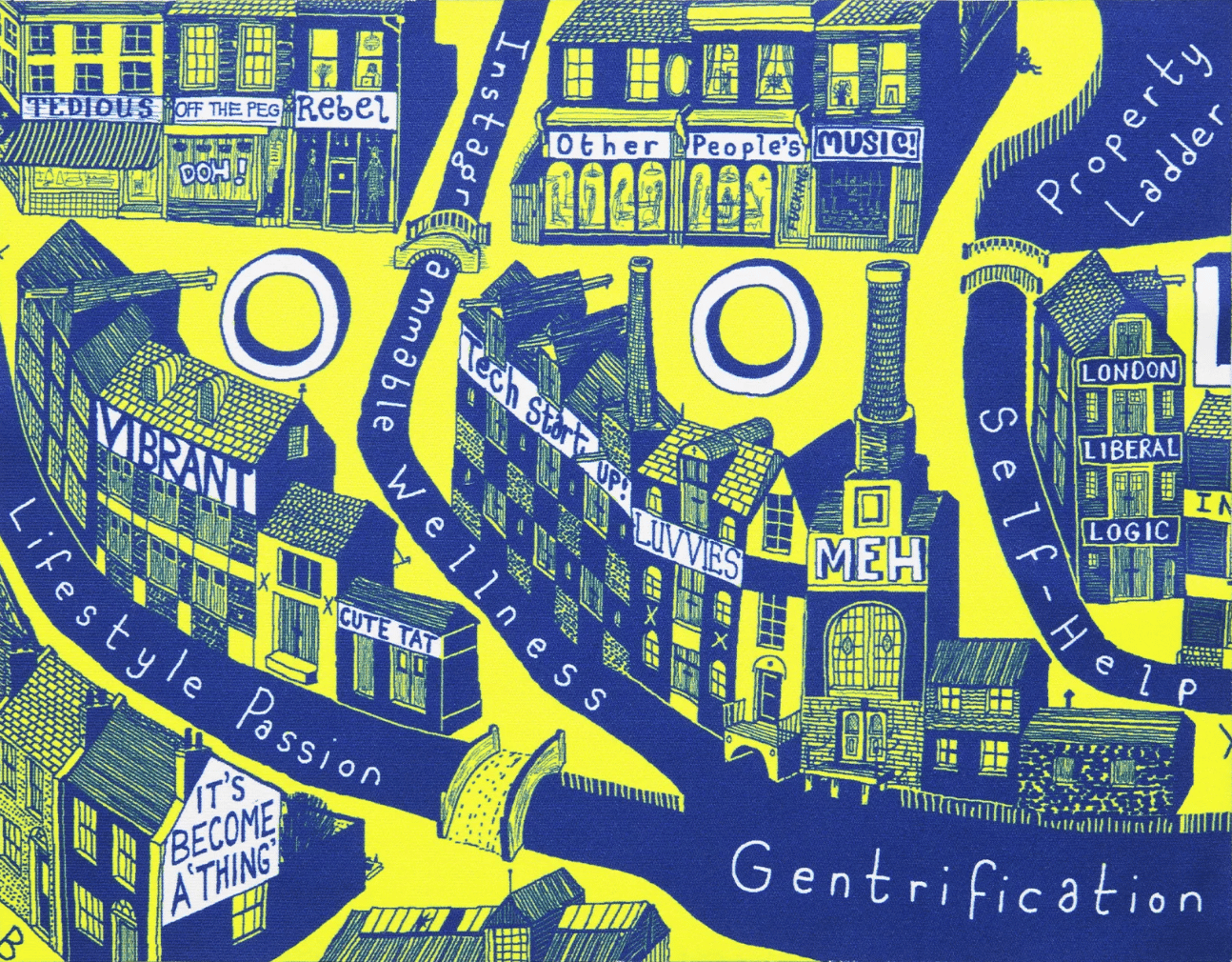One of the most beautiful aspects of art is that it is a medium that covers almost everything, everyone is welcome and any style that reflects the intent of the artist is similarly welcome as well.
This has led to countless debates that have existed for as long as the concept of art has about what the purpose of art is, and the ultimate answer is that there is no definite answer.
Some artists simply want to indulge their passions and depict what matters to them. Others want to experiment, showcasing bespoke framing, innovative techniques and unique perspectives.
Others still wanted to change the world. Here are some of the most influential radical art movements.
Dada
An origin point for many radical artistic movements that would come after it and best characterised by the works of Marcel Duchamp, Dada was an inherently anarchist movement that saw itself as anti-art and absurdist.
Whilst heavily criticised at the time, Dada’s intention to retaliate against modernist’s interpretation of a rationalist utopia in the wake of one of the most senseless losses of human life in history in the form of the First World War proved both artistically and politically influential.
Its radical sensibilities would directly inspire the artistic movement of Surrealism, many postmodern artistic movements such as Fluxus would directly cite Dada and its artists as an influence, and it can even be felt in more recent movements such as the Young British Artists.
Constructivism
A movement more associated with architecture than art itself, constructivism was a rejection of decoration and stylism and whilst inspired by Pablo Picasso’s cubism, believed strongly that art should reflect the industrial realities of the 1910s.
Far removed from the concept of art-for-art’s-sake, constructivism was often explicitly a tool used for social purposes such as graphic design, architecture and propaganda, to reflect the beginning of the Soviet Union during and following the Russian Civil War.
It famously declared in an exhibition entitled 5X5=25 that it was the end of art and the birth of a new culture. Whilst this did not happen, it would prove to be highly influential on movements such as Bauhaus and collectives such as The Designers Republic.
